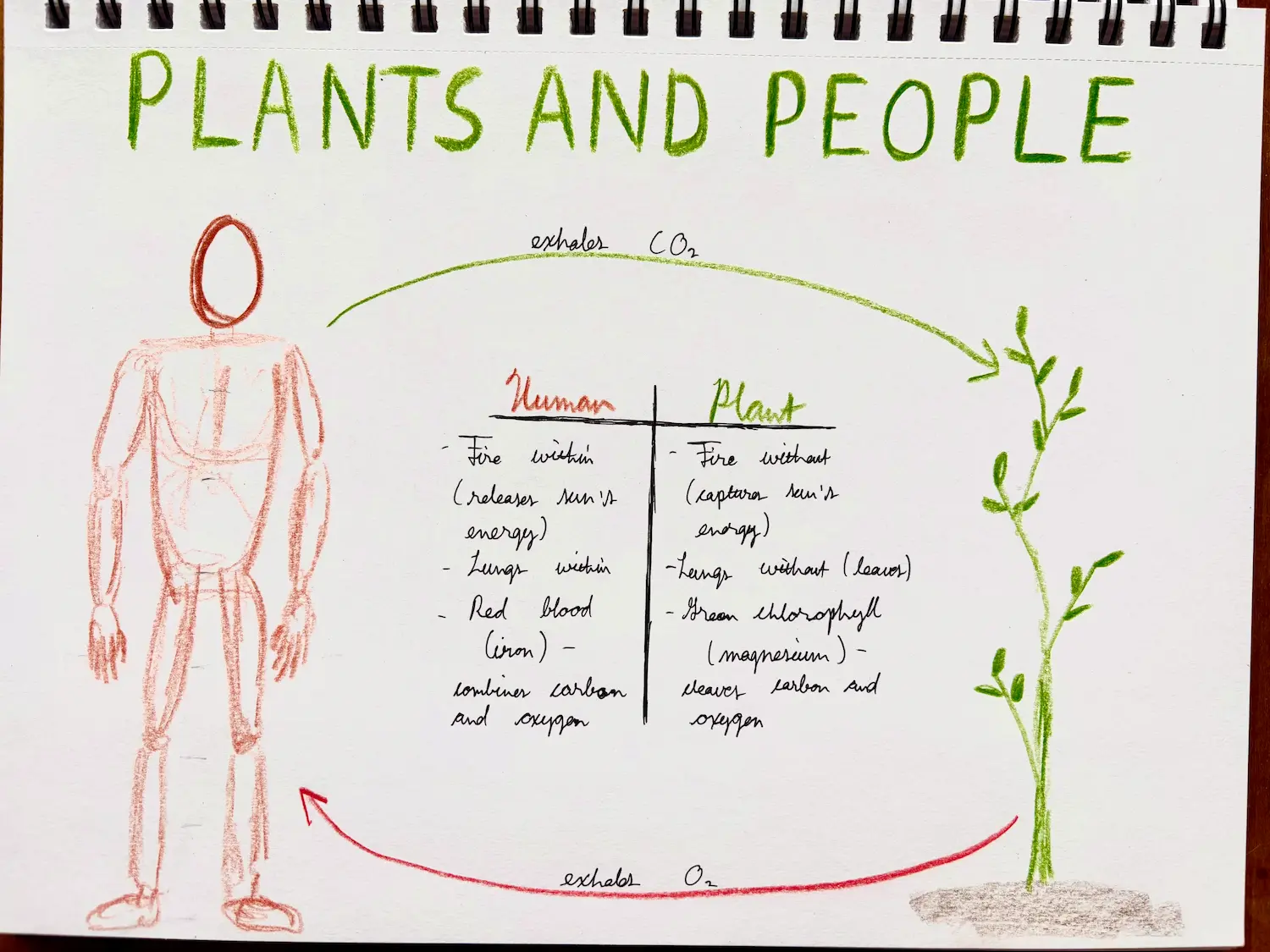Category: The Inner Work of Education
-

Teaching Geometry
When we consider the best method for teaching geometry, we should consider how to compose such a curriculum. Like the movements in a symphony, teaching geometry should follow a natural and beautiful logic based on the developing human being. It should unfold in an arc that parallels the blossoming capacities of the adolescent and harmonizes…
-

Math Education Done Right
Why do we teach math? So we can abolish slavery, among other reasons. While that may sound outlandish, let me explain. I’ve recently seen these Instagram posts of forest homeschools demonstrating teaching practical math to build amazing woodland structures. The message goes something like, “Students can’t get into math because it’s not relevant. Here we…
-

Teaching Ancient History
Why do we teach ancient history in 5th grade? Well, why do we teach anything in any grade? An answer I often hear in mainstream circles is, “Because the children need to know it.” Usually there is some agenda behind such phrases.What history we teach is one of the most hotly debated topics in modern…
-

Middle School Science
Last week, we wrote a post where we outlined why we teach each of the school subjects. In a classical education, including the curriculum of Enkindle Academy, these topics each serve vital developmental purposes. (They don’t just serve bureaucrats’ inexperienced ideas about what students should be taught, even though such reasoning often guided mainstream education,…
-

School Subjects
I’d like to explore why we teach the different school subjects and make a case for each. Although this post is applicable to all teachers, I usually talk to homeschoolers many of whom unschool. It’s becoming increasingly trendy to walk away from academics entirely, preferring instead to learn building, survival skills, gardening, navigation, tracking, etc.…
-

Building Neuroplasticity
Last week’s post was called Brain Hemispheres in Education. There, we discussed the differences between the right and left hemispheres of the brain and how this knowledge can inform education. In this post, we want to give some more practical indications for bringing this wisdom into our teaching and homeschooling. We want to understand the…
-

Brain Hemispheres in Education
In this post, I’d like to explore the brain hemispheres and their relationship to education. Modern neuroscience and Waldorf pedagogical science are finally coming together in some exciting ways. We can use those insights to help us in our teaching and thereby bring more balance to our children. Are you right brained or left brained?…
-

Self Care for Teachers (and Homeschoolers)
In this post, I’m going to discuss one simple, yet profoundly important, practice of self care for teachers and homeschoolers. Teaching can be and is deeply rewarding. At the same time, it calls us to live a high ideal. As Indian saint Shrii Shrii Anandamurtii, founder of spiritual movement Ananda Marga and Neohumanist Education says,…
-

What is Waldorf Homeschooling? A Beginner’s Guide
We’ve all heard of it: Waldorf Education. Some of us have even experienced it. Many more are curious but don’t know where to begin. It often sounds overwhelming, and Waldorf teachers can seem like wizards, composing lessons like symphonies. Yet, the question, “What is Waldorf homeschooling?” need not have a complex answer. Let’s break it…
-

Nature and Learning
In this post, I’d like to discuss nature and learning. That is to say, specifically the seasonal cycle and how it affects students’ ability to learn. Perhaps it’s because in the spring, students seems to just fall off their seats laughing for no apparently good reason. Or, perhaps it’s because it takes us fifteen minutes…
